As soon as it gets cold, the number of babies with colds and fevers increases again.
Especially in the current flu season, many parents panic when their babies have a fever and will use various physical fever reduction methods to cool their babies.
However, not all of these physical cooling methods are effective.
Which physical fever reduction methods can be used and which are not only useless but also harmful to children?
We have taken stock of several common physical cooling methods for all precious mothers and fathers, hoping that all parents will not panic in the face of their children’s fever.
These two methods of reducing fever should not be used by children.
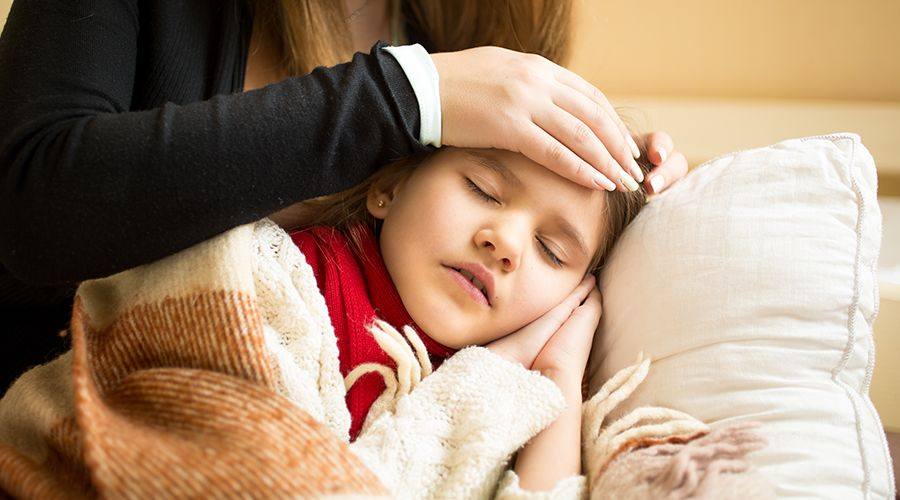
1. Cover your sweat and reduce your fever
Children’s body temperature regulation ability is not perfect. Under the condition of fever + covering heat, not only can they not sweat and expel heat, but they will accumulate heat in the body because they cannot dissipate heat, causing the body temperature to rise to a higher level than the set point, resulting in ultra-high heat above 41 ℃.
Some children may suffer from dehydration or [febrile convulsion] due to excessive temperature. Children under 1 year old are even more at risk of [heat-covering syndrome]: hypoxia, high fever, sweating, dehydration, convulsions, coma and respiratory and circulatory failure, which can lead to death in severe cases.
It is not uncommon for tragedies to be caused by covering one’s sweat and reducing fever.
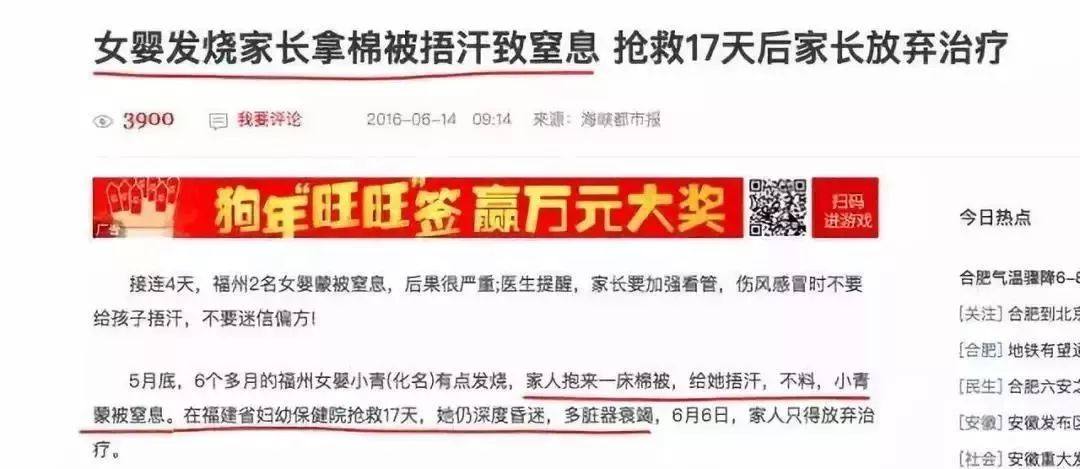
2. Alcohol Fever Reduction
Alcohol volatilizes very fast on human skin and takes away more heat. If it is used in large areas, it will make children shiver.
Infants’ skin is also very immature, with thin stratum corneum and rich mucosal blood vessels. Alcohol is easily absorbed through the skin, thus causing alcoholism in children.
Before, a pair of parents in Dongguan wiped their children with industrial alcohol to reduce fever. As a result, the children were immediately unconscious and died after being sent to the hospital for rescue.
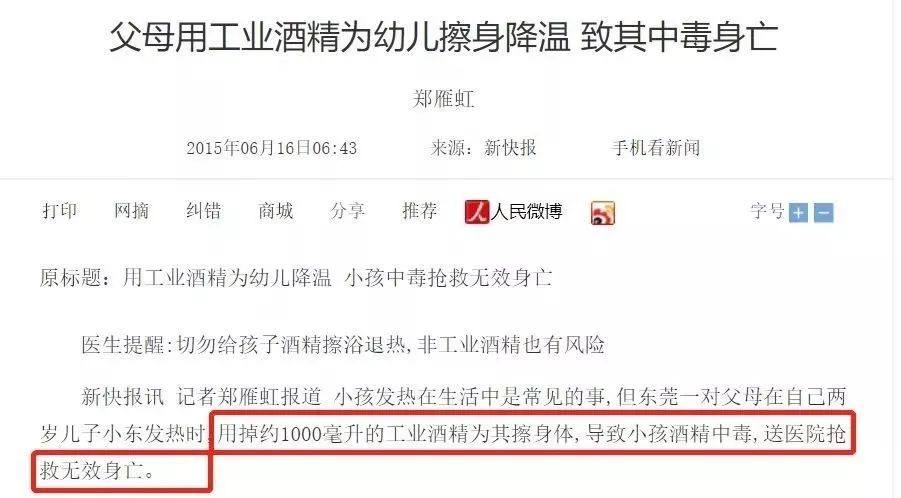
These two physical methods of reducing fever are not recommended to children.
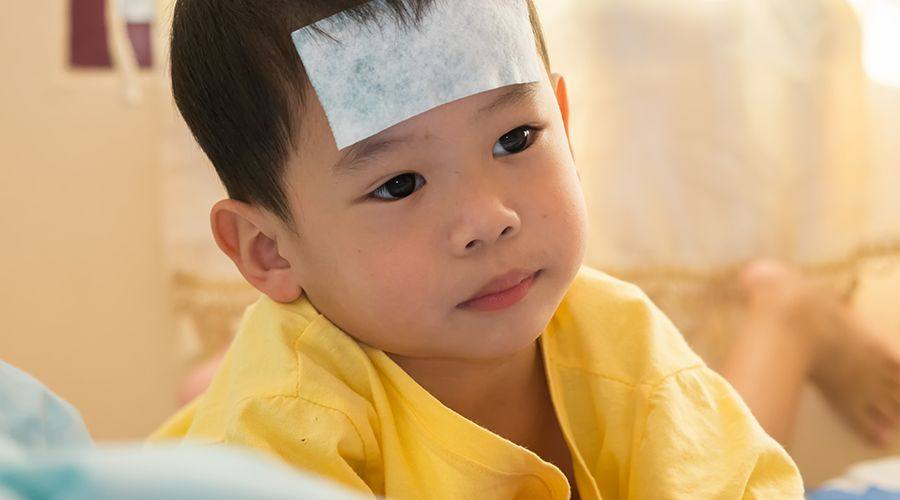
Before that, we should first know that the process of a child’s fever is divided into three stages: the rising stage of body temperature, the duration of high fever and the falling stage of body temperature.
During the period when the body temperature rises, the child’s body temperature keeps rising (sometimes very fast), accompanied by cold hands and feet and shivering. At this time, if the child is cooled again, the child will become colder and colder and more uncomfortable. Therefore, the following two methods are not suitable for children during the period when the body temperature rises.
Step 1 Warm water bath
This is also a [antipyretic method] that parents like to use.
However, after wiping the bath, it is often the temperature on the body surface that drops temporarily. Only after taking the body temperature can we know that the fever has not subsided.
Many hot babies usually feel groggy and want to sleep. It will be very unhappy to be wiped off at this time. Instead, they may cry and shiver. Many people should also have such experiences. When they have a fever, they will not only lose their spirits, but also feel colder when they wash their faces and baths.
Recommendation:
If the baby is in a period of high fever or hypothermia, rubbing bath is not excluded, and this method can be used as an auxiliary means to try.
2. Antipyretic patch
Antipyretic patch is another way to physically cool down.
Let’s think about it, the whole body’s warm water wiping effect is limited, slap-sized a cold towel, how much effect can there be?
In addition, some antipyretic stickers add mint, borneol and other cool substances, and children may not like this feeling. If you are allergic to similar products again, the loss outweights the gain.
There are three kinds of physical fever reduction that are really useful.
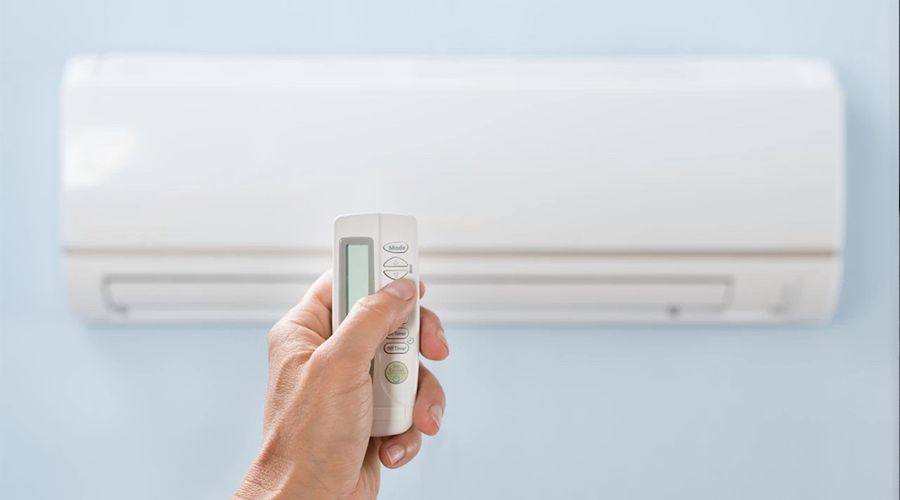
Step 1 Turn on the air conditioner
In winter, you can turn on the air conditioner and raise the indoor temperature appropriately so that the baby does not need to wear bloated clothes or cover it too thick. It is suggested that the temperature of the air conditioner should be 24 ℃ ~ 26 ℃, with the comfortable temperature for the baby.
You can also reduce the temperature of the air conditioner in summer.
Step 2: Wear less clothes
If you want to make your baby more comfortable, you must help your baby to dissipate the heat in your body. The temperature is lower in winter, so you can properly wear less clothes for your baby to dissipate the heat faster.
Step 3 Thin the quilt
Baby’s metabolism is more vigorous than that of adults, and it is easy to sweat when falling asleep. The quilt is too thick, the body’s heat cannot be dispersed, and the body temperature will be more difficult to drop.
It should be noted that if the child shivers and is afraid of cold during the rising temperature period, parents should wear more clothes for the child to keep warm properly.
In short, it is good to master this general principle of keeping warm in cold and undressing in hot.
Although physical fever reduction method is favored by many people, many authoritative organizations do not regard physical cooling as the first choice for children to cool down, but prefer drug cooling.
Give the child fever, how comfortable how to come
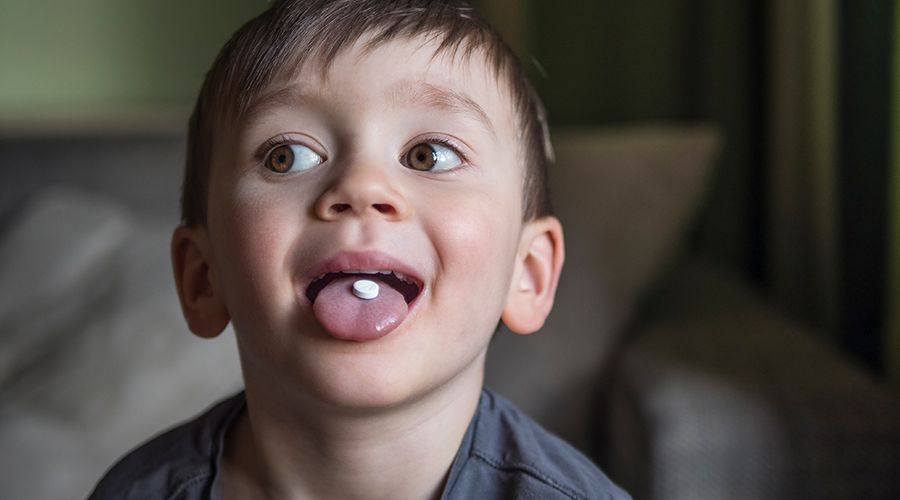
The American Academy of Pediatrics believes that in most cases, oral antipyretics are a more convenient and comfortable method for children. Unless children are allergic to or cannot tolerate antipyretics, warm water can be preferred for bathing at this time.

The 2016 “Evidence-based Guidelines for Diagnosis and Treatment of Certain Problems in Acute Fever of Unknown Etiology among Children Aged 0 to 5 in China” clearly pointed out that warm water bath is not recommended to reduce fever, let alone ice water bath or alcohol bath.

Because to cool down the child, the most important principle is: how comfortable the child is and how to come.
In fact, children’s fever is not necessarily a bad thing. Fever is a normal protective reaction after the human body is infected and stressed. Unless it is ultra-high fever, fever will not cause harm to children, on the contrary, it is beneficial.
When children’s mental state is not very good, they can also choose to take antipyretics. Acetaminophen can be taken over 2 ~ 3 months old and ibuprofen can be taken over 6 months old.
If the child is too young or the symptoms are serious, he should go directly to the hospital and ask the doctor to help solve the problem.
